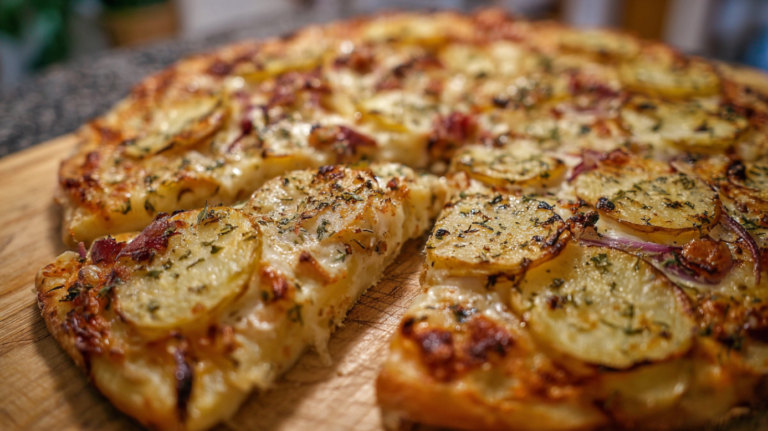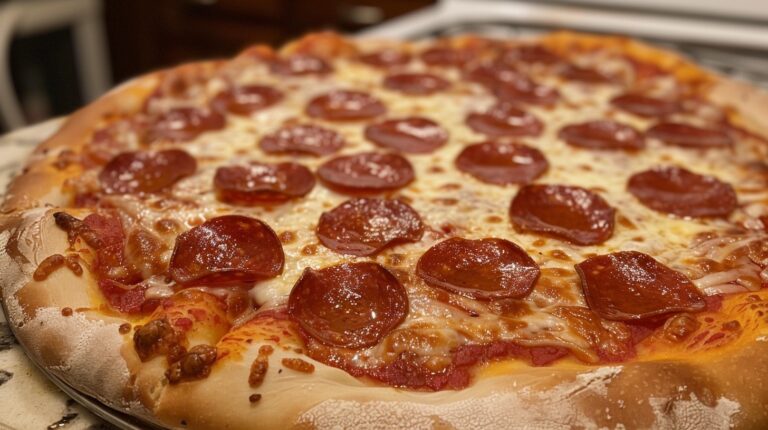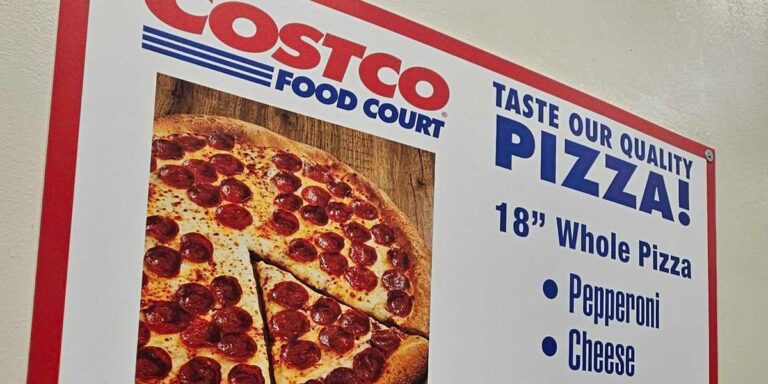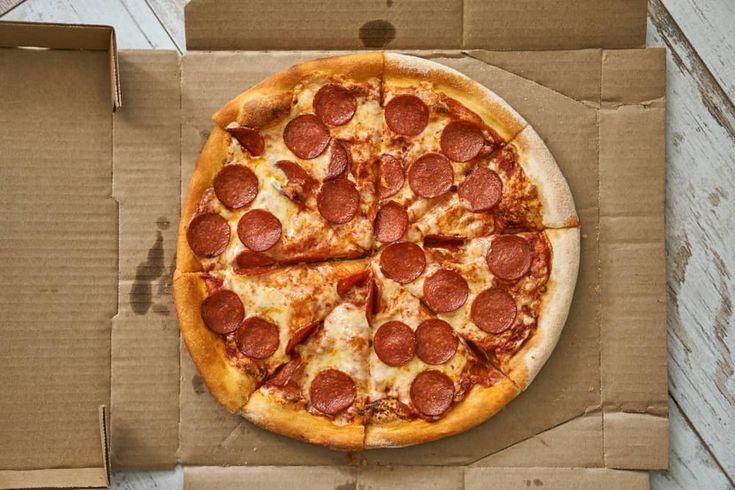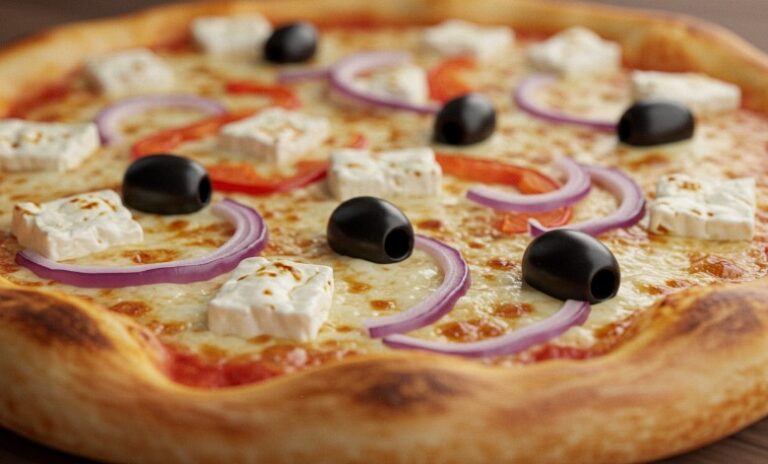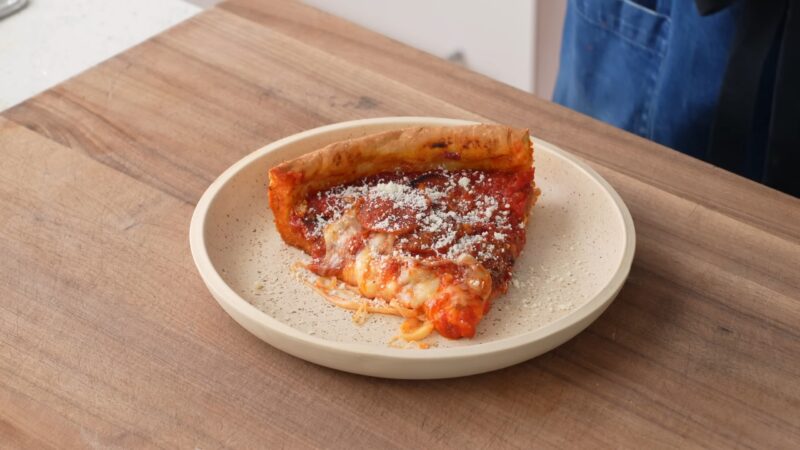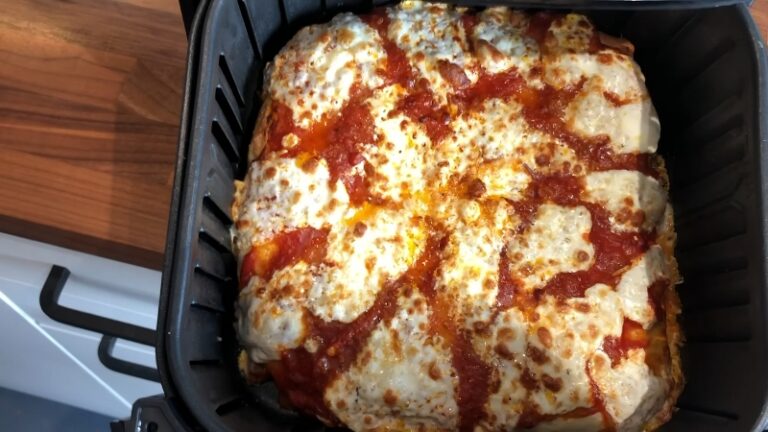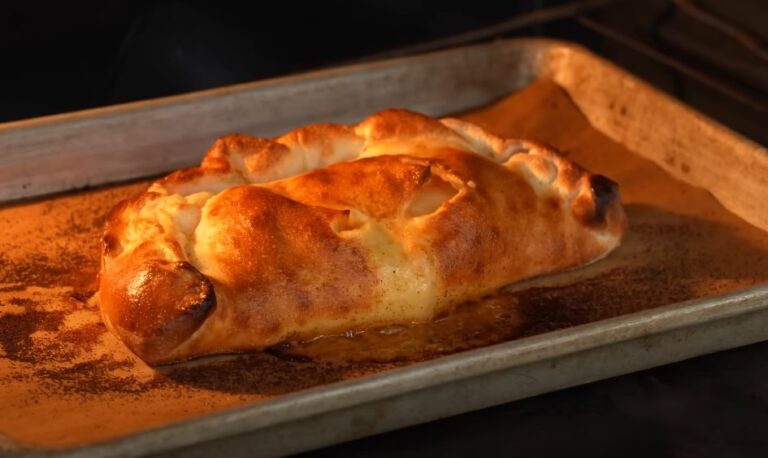Pizza crusts vary greatly, offering unique bases for toppings. They range from thin and crunchy to thick and soft, each type enhancing the pizza in its own way.
Let’s check all those crusts available worldwide.
Table of Contents
ToggleNeapolitan Crust
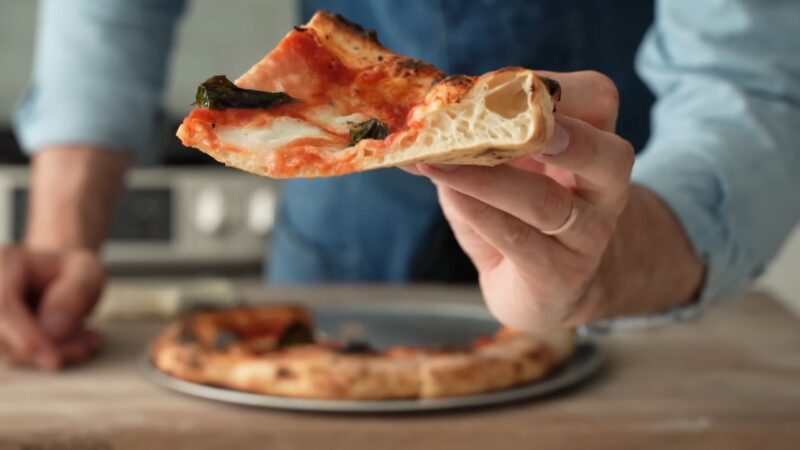
It’s known for being thin, and soft, and having those delightful puffy, charred edges that come from cooking it at high temperatures. Traditional Neapolitan pizza is typically baked in a wood-fired oven that reaches temperatures over 800 degrees Fahrenheit, and it cooks in just about 90 seconds. This quick cooking method gives the crust those unique blistered marks and imparts a smoky flavor.
The dough is quite simple, made with Tipo “00” flour, water, salt, and yeast. There’s no need for sugar or oil in this dough, keeping it pure and perfect for the classic Margherita toppings like fresh mozzarella, tomatoes, and basil.
To make the Neapolitan crust, you’ll need to knead the dough until it becomes smooth, and then let it rise. The trick is to stretch the dough by hand, making sure not to compress it too much and preserving that light and airy texture. Once you’ve got your dough ready, it’s time for a quick bake in a blazing-hot oven.
New York Style Crust
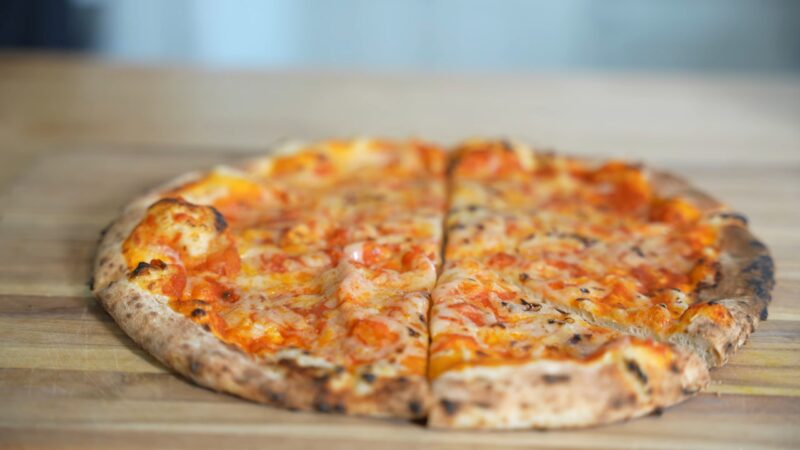
Unlike Neapolitan pizza, the dough for this style includes oil and sugar, which allows it to cook for a longer time without burning and gives it a distinctive chewy texture. While slightly thicker than its Italian counterpart, the New York-style crust maintains a crispy bottom that adds to its appearance.
To create this type of crust, you’ll need to combine high-gluten bread flour with water, yeast, salt, sugar, and oil. The dough requires a slow fermentation process, often done by refrigerating it overnight, to develop its flavors and texture. Once the dough has rested, it’s time to stretch it into a large, thin round shape. The pizza is then baked in an oven at a lower temperature compared to Neapolitan pizza, typically for about 15 to 20 minutes.
Sicilian Crust
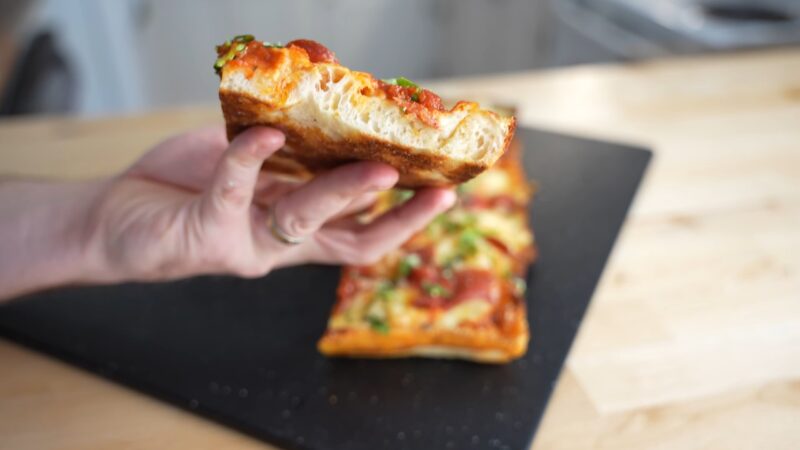
The dough used for Sicilian crust is quite similar to bread dough, made with flour, yeast, water, salt, and a bit of olive oil, which gives it a moist texture. To make the Sicilian crust, you press the dough into a square or rectangular pan that’s been oiled to create a nice, crispy bottom.
The dough rises a lot, resulting in a texture that’s similar to focaccia bread. In Sicily, it’s traditionally topped with marinara sauce, onions, anchovies, and breadcrumbs, but in America, you’ll often find variations with cheese, sausage, or pepperoni. The crust is baked at a medium-high temperature until it turns golden and gets that irresistible crispiness.
Chicago Deep-Dish Crust
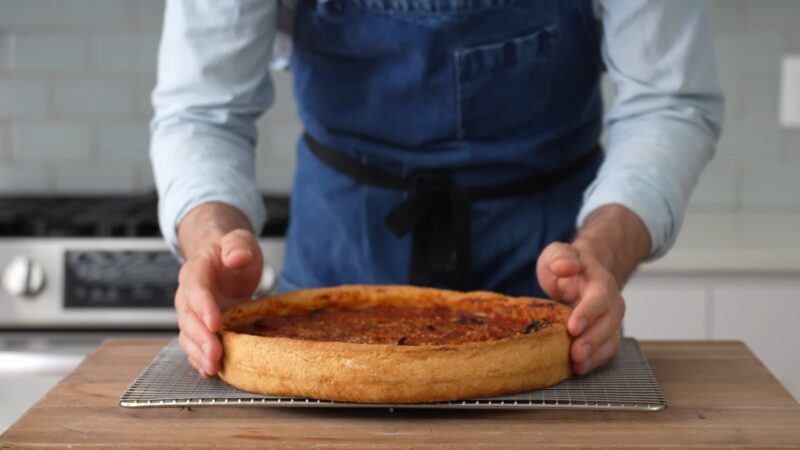
The crust itself is thick and sturdy, resembling more of a pie crust. It’s specifically designed to hold a generous amount of toppings. The dough is pressed into a deep pie pan, creating a deep bed that can accommodate layers of cheese, meats, vegetables, and sauce.
The dough for Chicago deep-dish crust typically consists of flour, cornmeal, water, yeast, and a significant amount of butter or oil. This combination gives the crust a rich and flaky texture. Once the dough is pressed into the deep round pan, it’s time to layer on the cheese and toppings, finishing off with a thick layer of tomato sauce on top. Chicago deep-dish pizzas are baked at a lower temperature for a longer duration, sometimes up to 45 minutes.
Detroit Style Crust

Detroit-style pizza shares similarities with Sicilian pizza as it features a thick, rectangular base. However, it stands out with its unique characteristics such as caramelized cheese edges and a chewy, airy middle. The crust is baked in a square steel pan, which was originally used in automotive factories. The dough used in Detroit-style pizza is high in hydration, and it is left to rise in the pan, resulting in the development of airy pockets.
To make a Detroit-style pizza, you’ll want to spread the dough in a well-oiled pan, which helps to fry the bottom and sides of the crust. The cheese is placed directly on the dough, followed by the toppings and then the tomato sauce. The specific layering order helps prevent the crust from becoming soggy.
Last Words
I will also mention that there are other variations, like Double Dough, which is basically an overstaffed pizza, St. Louis Crust, known for its cracker-like texture, and types that use sourdough, whole wheat, and gluten-free flour. But are quite similar to the popular cuts I mentioned. And yes, you will also find the Cauliflower Crust, but for me, that’s not a real pizza.

